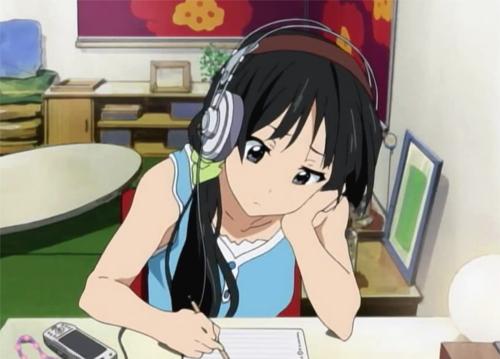Category: Writing
-

Avant! Welcome to my parenting blog archives
My children are grown, my interests have moved on, so this blog is no longer being updated. However, there’s good stuff here, much of it as true now as when it was written. Please feel free to browse, or click the headline above to access quick links to my favorite topics. One last piece of…
-

What is “learning through success”?
Focusing on success doesn’t mean giving students empty praise. And it doesn’t mean ignoring their mistakes and lagging skills. It does mean giving them the energizing feeling of making positive forward motion. And that’s what learning is all about.
-

On moral violence
When we share our writing with others, we are making implicit moral choices and making explicit declarations of who we are as people. I encourage all parents to ask their kids questions about violence in their writing, and then listen to the answers.
-
What are your kids watching?
This one school year, I have had more students referencing violent memes, more students taking part in destructive and deceptive communities, more students writing about violent fantasies. Do you know what your child is watching?
-
Young writers’ reading list
The most important thing that young writers can do to develop their skills is write, write, and write some more. In conjunction with writing, young writers should read great writing: fiction, nonfiction, poetry, jokes, text messages…. The form doesn’t actually matter. The more great writing they read, the more the rhythm of language will take…